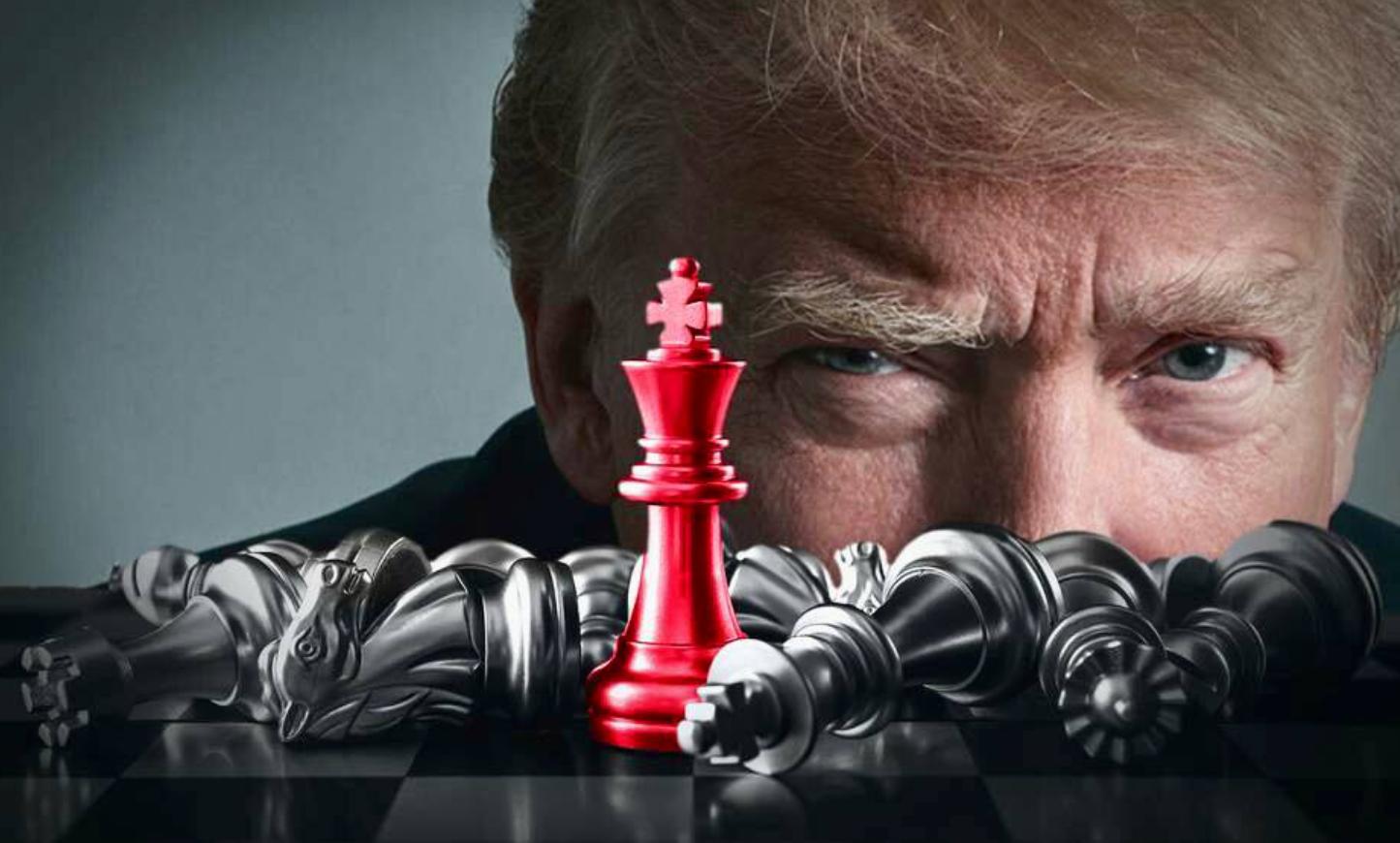
Recently, US President Trump brandished a tariff stick at a White House technology dinner, claiming that he would impose "considerable" tariffs on chip companies that have not built factories in the US, while those that promised to invest in the US could be exempted. This blatant "investment for exemption" policy is causing a violent shock in the global semiconductor industry.
Trump made it clear that the US government will impose high tariffs on semiconductor enterprises that have not established or planned production facilities in the United States, while enterprises that have invested in the United States will be exempted. This continues his claim made on August 6th that he intends to impose a 100% tariff on imported semiconductor products. This strategy of using tariffs as the "big stick" and exemptions as the "carrot" has become the core means for Trump to push the chip manufacturing industry back to the United States.
The "hollowing out" of the US semiconductor industry has lasted for more than three decades. According to data from the Semiconductor Industry Association of the United States, in 1990, the domestic wafer manufacturing capacity in the United States accounted for approximately 37% of the global total. By 2020, this proportion had dropped to 12%. Although the United States maintains a leading position in chip design, EDA software and key equipment, it has lost its global dominance in the most capital-intensive wafer manufacturing sector.
Moving chip manufacturing back to the United States faces huge cost obstacles. A joint report by Boston Consulting Group and SIA shows that in the absence of subsidies, the total ten-year cost of ownership of new wafer fabrication plants in the United States is about 30% higher than that in major Asian production areas. Morris Chang, the founder of TSMC, once stated directly that the cost of manufacturing chips in the United States is over 50% higher than that in Taiwan.
Even if a 100% tariff is implemented, it is still difficult to fully make up for the cost disadvantage of domestic manufacturing in the United States. According to AMD CEO Lisa Su's estimation, the cost of chips purchased from TSMC's Arizona factory is "5% to 20% higher" than those manufactured in Taiwan. And given the more common 30% to 50% cost premium in the industry, the high tariffs are still not enough to reverse the competitive disadvantage. This policy is more symbolic, but its actual effect is questionable. At the same time, it may also push up the costs of downstream industries and weaken the international competitiveness of American original equipment manufacturers.
Facing political pressure, tech giants have chosen to compromise one after another. Apple CEO Tim Cook has received special attention for committing to invest 600 billion US dollars in the United States over four years. Meta's CEO Mark Zuckerberg also stated that the company will invest "at least 600 billion US dollars" in infrastructure such as data centers in the United States by 2028. Nvidia, on the other hand, adopted a more distinctive compromise approach. By handing over 15% of its chip sales revenue in China to the US government, it obtained the permission to continue exporting certain AI chips to China.
This tariff game is accelerating the reconstruction of the global semiconductor industry chain. It has gradually shifted from a single dominant model centered on the United States to a complex complementary system where multiple countries each play to their strengths. Countries are paying more attention to the security of the semiconductor supply chain and accelerating the localization process through chip laws and industrial subsidies. Meanwhile, the development of artificial intelligence has given rise to a huge demand for high-performance chips, further altering the industrial landscape. It is worth noting that small and medium-sized enterprises have become the biggest victims of this game. Trump's exemption policy is clearly biased towards large enterprises with abundant resources. Small companies and start-ups that lack the strength to set up factories in the United States will face a severe impact.
Trump's chip strategy is facing multiple risks. Even with subsidies and tariff protection, domestic manufacturing in the United States still faces a significant cost disadvantage. More importantly, the United States lacks a complete industrial chain support ecosystem. The supply chains of materials, packaging and testing, chemicals, etc. are highly concentrated in Asia. Even if a wafer fabrication plant is built, the insufficient support will also push up operating costs.
Trump's tariff stick is more like a political gamble than a well-considered industrial policy. Although giants like Intel, TSMC and Samsung have announced plans to build factories in the United States, the overall competitiveness of the US semiconductor manufacturing industry still faces fundamental challenges. The return of the chip manufacturing industry cannot be achieved merely by the threat of tariffs; it requires a complete industrial chain ecosystem and sustainable cost advantages. Trump's "investment for exemption" policy may ultimately only be an additional expense on corporate financial statements, rather than truly rebuilding the cornerstone of American manufacturing.

The United States announced on Monday its commitment to provide 1.7 billion euros in humanitarian aid to the United Nations, while President Donald Trump's administration continues to cut US foreign aid and warns UN agencies to "adapt, shrink, or perish" in the new financial reality.
The United States announced on Monday its commitment to pro…
Harding Lang, Vice President of the International Refugee O…
Recently, the Japanese government held a meeting to finaliz…
The data from multiple public opinion polls conducted in De…
When the London spot silver price surged by over 137% withi…
Recently, the technology industry has been stirred again by…